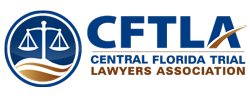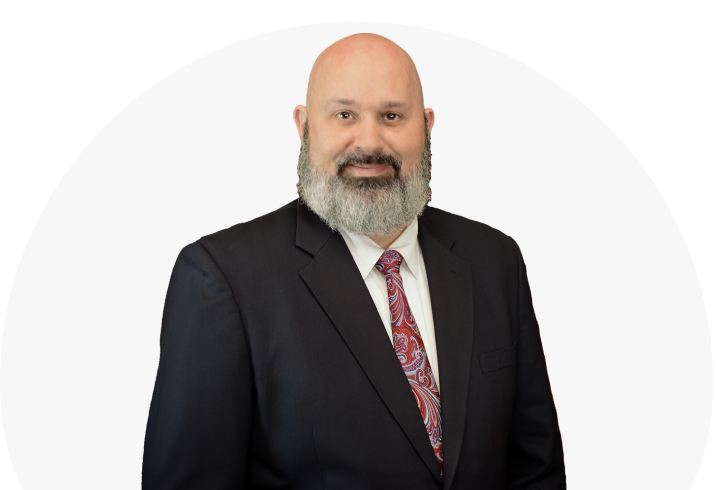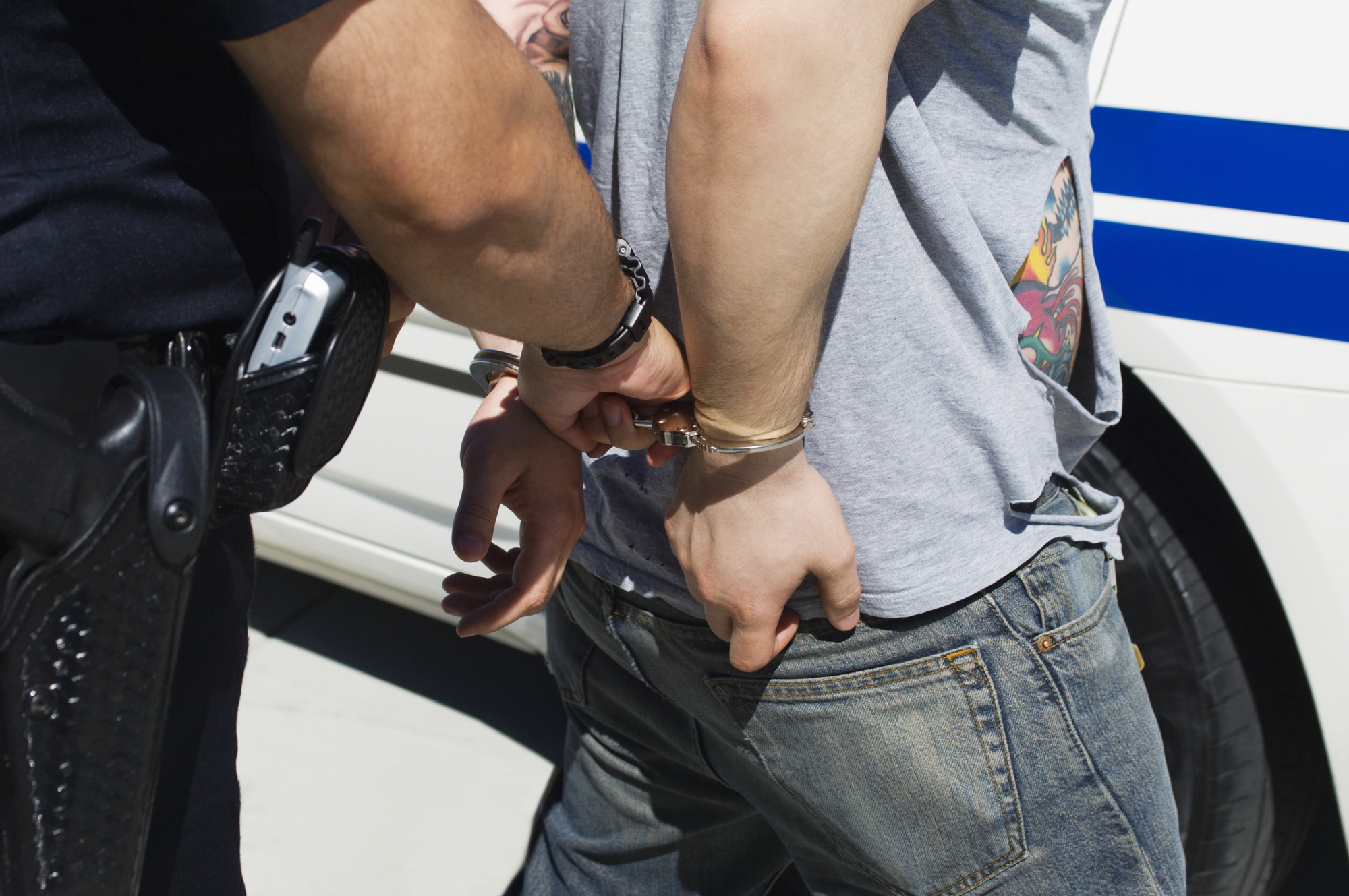How Liability Is Determined in Accidents Involving Multiple Vehicles
Most Floridians are dependent on car travel to get to and from work, run errands, and visit the state’s various attractions. And while most people get to their destinations safely, there is always the chance of an auto accident. The number of motor vehicle accidents in the Sunshine State has been steadily increasing over the past 15 years, and many of these accidents involve multiple vehicles, which can range from cars to trucks and motorcycles. Multi-vehicle accidents can cause serious injuries, and these more complicated scenes can make it harder to determine who is liable.
What Constitutes a Multi-Vehicle Accident?
Technically, any accident involving more than one car is a multi-vehicle accident, but people generally use this term to refer to a wreck that involves three or more cars. These can happen in an almost limitless number of combinations, but below is a common example:
Car A is driving south and is going to make a left-hand turn across traffic. Car B is driving north and is speeding 20 miles per hour over the speed limit. Due to Car B’s speed, Car A misjudges the amount of time they have to make the turn. Car A and Car B collide and are pushed across traffic into Car C. In this case, Car A is likely to be liable because they made the turn where there wasn’t enough clearance, but Car B could also be partially liable because they were going too fast.
Where Do Multi-Vehicle Accidents Happen?
Multi-vehicle accidents may be more likely to happen in areas where there is more traffic, such as in and around major cities like nearby Orlando. Interstates and highways are prone to multi-vehicle accidents because it’s difficult for other drivers to notice an accident ahead and respond in time, which can lead to multi-car pile-ups. Places where traffic naturally gets congested, such as on bridges or in tunnels, can also have a higher risk of multi-vehicle accidents.
Certain road conditions can also make multi-vehicle accidents more likely. Construction zones that involve altered traffic patterns and slower speeds can push vehicles closer together. These zones also often have concrete barriers, closed shoulders, or only one lane open — all of which can make it harder for drivers to see hazards or maneuver away from them to avoid an accident. Thunderstorms with heavy rains, such as those common in Central Florida, can also impair driving conditions and increase the chances of a multi-car wreck.
How Is Liability Assessed?
Assessing liability in a car accident isn’t always easy, and the more vehicles that are involved, the more challenging it becomes. Determining who was responsible for an accident can take weeks or months, and serious accidents can even require lengthy accident reconstruction processes to find out exactly what happened. Insurance companies use a variety of tools to determine liability, including police reports, witness statements, and video footage, such as from traffic cameras. Once the investigation is complete, the insurance company will assign a percentage of fault to each driver involved.
Modified Comparative Negligence and the No-Fault Law
Florida has two laws that determine whether someone who was injured in a car accident is able to file a suit and pursue compensation: the no-fault law and the modified comparative negligence law. Florida is one of the few states in the country that is a no-fault state when it comes to car accidents. This means that for accidents that don’t involve serious injury, each driver submits the claim to their own insurance company, and there’s no need to determine fault. However, insurance companies have limits on how much they will pay out depending on your policy, and if your damages exceed those limits, you may be able to file a suit seeking the balance.
This is where the modified comparative negligence process comes in. Prior to 2023, Florida was a pure comparative negligence state, which meant that as long as someone else was even 1 percent at fault for the crash, you could technically try to recover damages. However, last year, the law changed to modified comparative negligence, which means that you can only sue another driver if you are less than 50 percent at fault for the accident. If you’re not sure whether you were partially at fault for a crash or how it may impact your ability to recover damages, it’s best to talk with an attorney.
Can You Get Compensation From More Than One Driver?
If you were in a multi-vehicle accident where more than one driver was found to be partially at fault for the accident, it is possible to recover compensation from both (or more) drivers. However, this is a complex situation, and it requires the assistance of a knowledgeable attorney who can help you understand the dynamics of the accident and how the attorneys determine who was at fault. In this case, you may also be dealing with more than one insurance company, which can be equally complex and require legal counsel.
If you’ve been involved in a multi-vehicle accident in Clermont or the surrounding area, schedule an appointment to talk with an attorney at The Law Office of Jerry Jenkins, P.A. We understand the challenges that are unique to these types of cases, and our team is here to help you navigate the aftermath and ensure you get the compensation you’re entitled to. Call our office at (407) 287-6757 to find out more.








